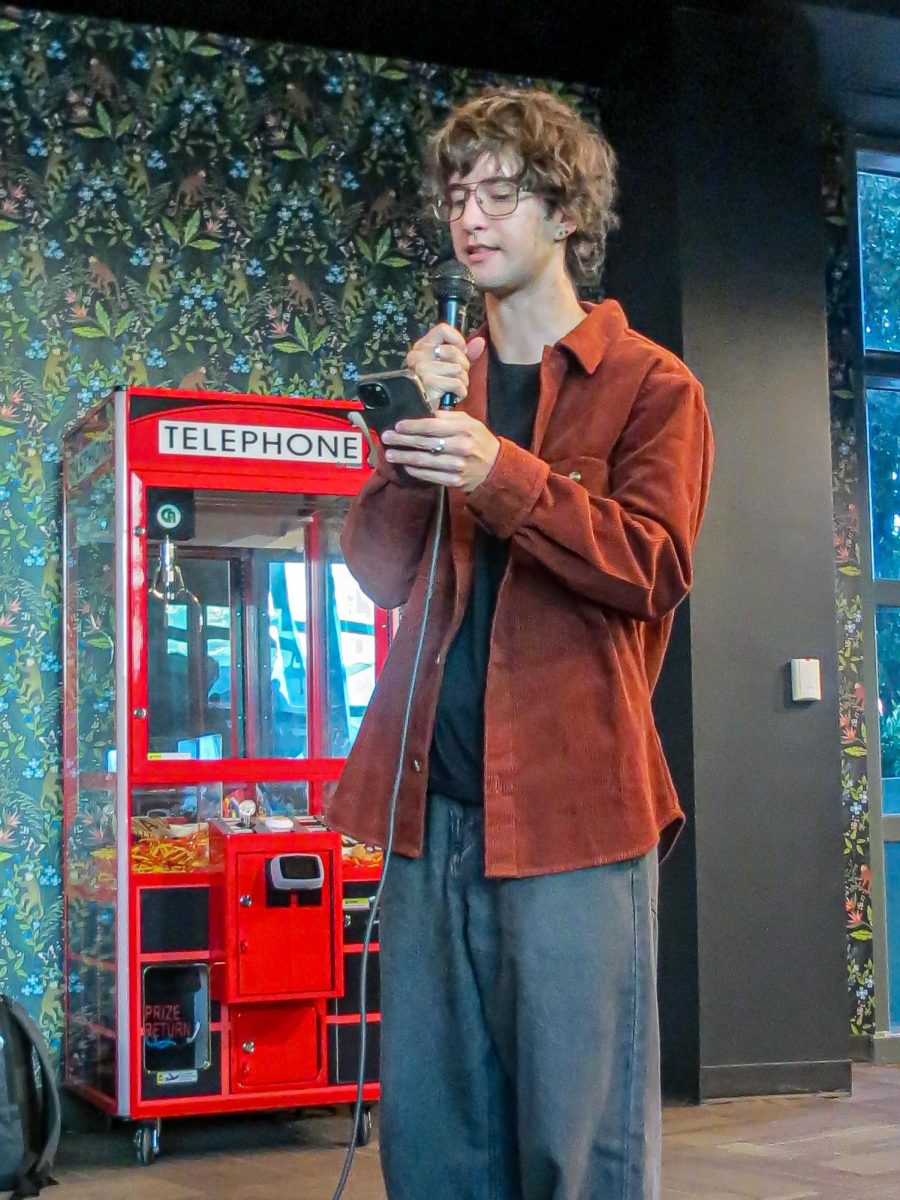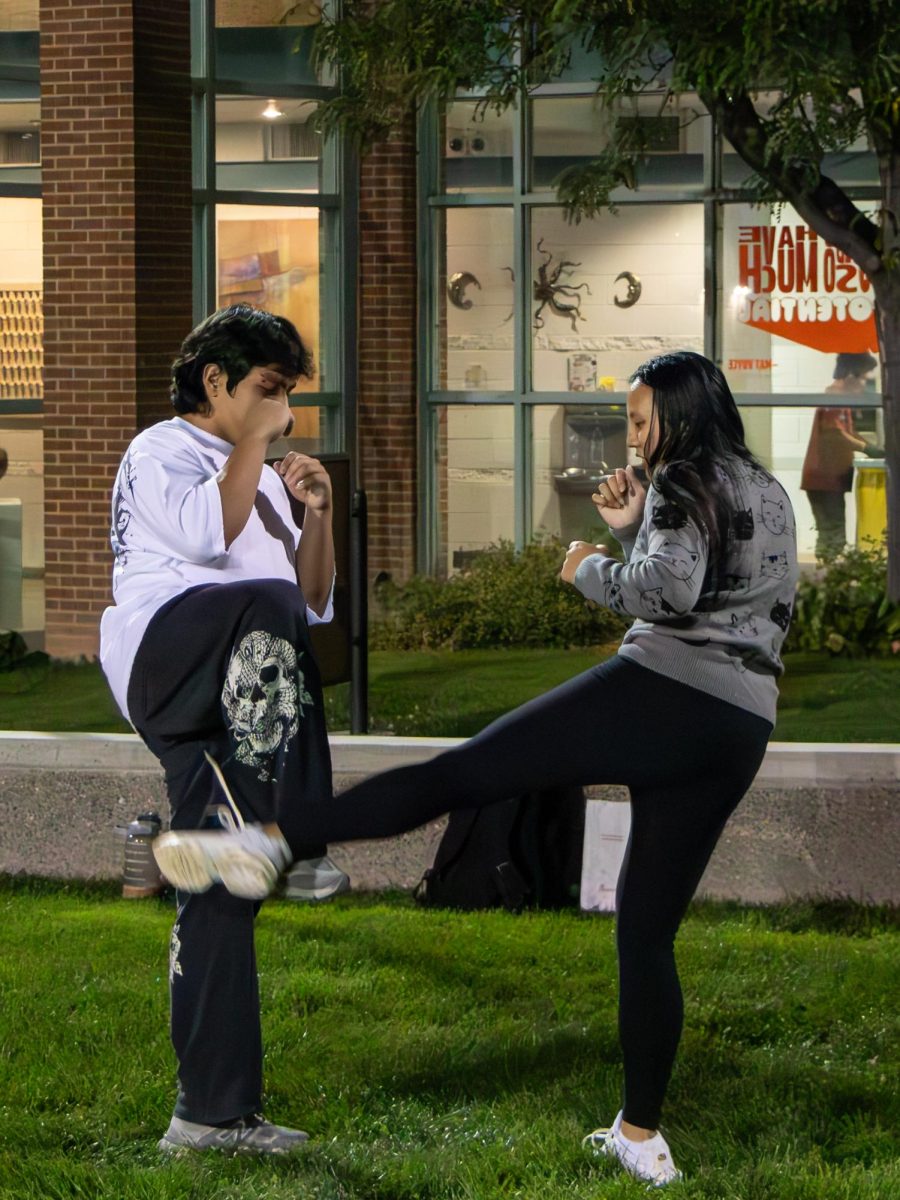Friday, Aug. 25, around 4 a.m. Grand Valley residents were rattled by a magnitude 4.1 earthquake. The earthquake came from about three miles deep on a fault less than 30 miles northwest of Parachute and was followed by a few smaller aftershocks (Mag. 2.8 and 3.4, according to the US Geological Survey).
4.1 magnitude is relatively small compared to many other parts of the world. However, it is weighty for an earthquake not near a major fault zone, which Colorado Mesa University Geology Professor Dr. Richard Liviaccari refers to as an “inter-plate earthquake”.
“You can start to feel earthquakes between about 4 and 5,” Dr. Liviaccari said. “Magnitude 5 is about when damage begins. Earthquake magnitude is a logarithmic scale which means an 8 magnitude earthquake is 100 times stronger than a 7 so there is a huge difference from one magnitude to the next.”
Dr. Liviaccari, a structural geologist, has been studying and mapping the faults in the area, specifically the monument, for 20 years. When he first started teaching at CMU, he even helped put together the geological map of the Colorado National Monument. He is very familiar with the geology of the area.
“Most of the faults I map in the area are old and dead so there is usually no seismicity and if there is that is kind of a problem,” Liviaccari said. “You get a lot of small earthquakes around here. A lot of twos and threes are typical but you don’t necessarily feel those. It is very difficult to determine what causes these.”
“Occasionally there are earthquakes from the collapse of some of the old mines in the area but you can tell when it is a collapse. A couple years ago there was a rockslide down the Bookcliffs that caused an earthquake, normally you don’t feel these unless you are up there.”
This earthquake may be speculated to have been caused by fracking, however, Liviaccarri says while small earthquakes can occasionally be caused by fracking and that there is fracking in the Grand Valley area, this earthquake happened 5 km down, a depth too deep to be caused by fracking.
It is hard to say exactly what the earthquake on Friday was related too. However, according to Liviaccari, the earthquake could be due to settling from underground nuclear explosions.
[media-credit name=”courtesy of geology department” align=”alignleft” width=”255″] [/media-credit]
[/media-credit]
“Just north of where the earthquake happened was where they did nuclear tests back in the 60s,” he said. “They put nuclear bombs underground to induce fracture and increase permeability in the rock for fuel. They lit off 3 nuclear warheads underground in wells but it was a dumb decision because they had to know the gas would be radioactive and unusable. The ground could still be settling from those explosions.”
Seismometers are kept and maintained by Colorado Mesa University. David Wolny, CMU’s seismologist, has kept track of earthquakes in the Grand Valley since the 90’s.
“I keep daily data files and search them for micro-seismic activity. In other words, we are looking for earthquakes that have not been felt by the general public,” Wolny said. “The data is available to anyone that would like to see it. We have records going back 20 years.”
“We currently have two seismometers in the area, none on campus,” said Wolny. “The two seismometers we currently have running as part of the CMU seismic network are south of Debeque along 45.5 road and another one close to Collbran. We have had as many as six seismometers in the past, but we have had numerous computer failures so we are down to just two now.”
While CMU does keep track of earthquakes with seismometers, the University does not distribute the information. According to Wolny, when an earthquake large enough to be felt hits, the USGS/NEIC handles the process of determining magnitude from the data and reporting the information to the public.
While it is infrequent to have earthquakes that can be felt near Grand Junction, the next time it does happen be sure to check out the USGS “Did you feel it?” survey to help seismologists like Wolny learn more about it.








